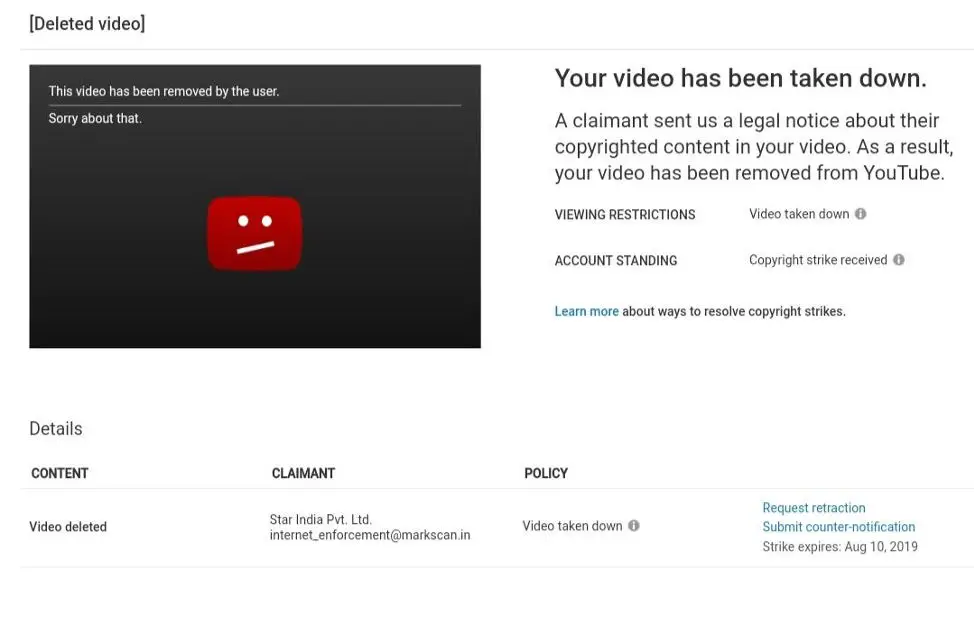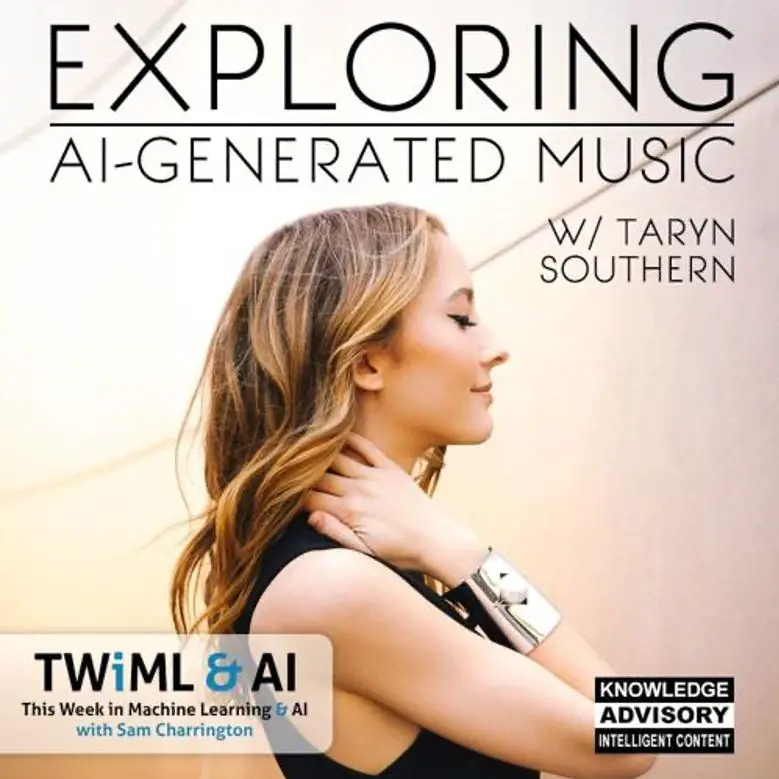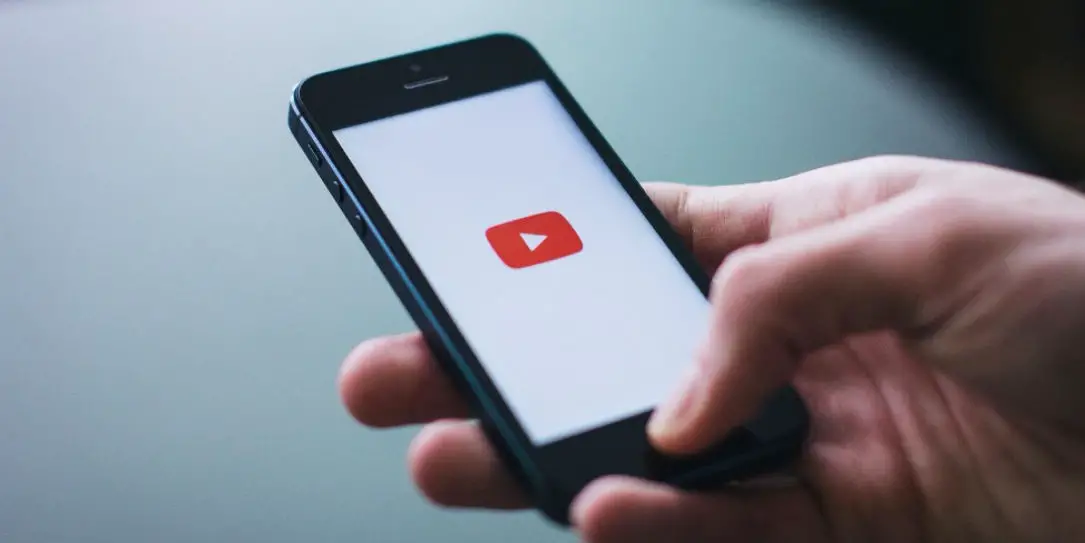This is a guest post, thoughts, and opinions expressed here are those of its authors and do not reflect on Techaeris or its staff.
Back in the day before YouTube was an online entertainment giant, creating and uploading a video was a matter of pure, random, harmless fun. And while not all pre-Google YouTube videos aged well, veteran creators can agree that guidelines were much more flexible, and they could post almost everything they wanted. But, in time, the more the Internet changed, and YouTube evolved with it, they had to tighten their terms of service to avoid copyright violations and achieve a balance between user and brand-friendliness. On paper, all of these changes sound great, but in practice, many creators complain that YouTube’s automated copystrike system favors record labels and takes down their videos unfairly.
According to YouTube’s Community Guidelines, creators are not allowed to feature music from other artists without their consent. If they do, they receive a warning the first time, but the penalties can get even harsher. YouTube also uses Content ID to match newly uploaded content against YouTube’s existing library, and, if it finds a match, it sends an alert both to the owner of the original content and the one who uploaded it improperly. The actions that YouTube takes here can be even more harsh. In essence, they can take down the video without notice, mute the video, or also direct the revenue from the video to the original owner.

As many online creators have complained, YouTube’s system is far from accurate, and the claims are too aggressive. For example, MrBeast complained that he lost five figures on a video just because he said the lyric “livin’ on a prayer,” and James Charles said that one of his videos was claimed because he sang an a cappella parody of a song. Hundreds of other creators have complained that videos posted months back were also claimed because a small part of a song was caught on camera while they were vlogging, or because they simply hummed a tune.
MrBeast and James Charles are big YouTubers who have lucrative businesses behind their channels. Still, for small content creators that are now trying to push through, repeated claims can have devastating financial consequences. It’s also unfair because not everyone who gets a copystrike intended to break YouTube’s guidelines. The general sentiment among the YouTube community is pretty negative, and there isn’t too much hope that the platform will ever value individual creators over big companies. They have, however, found new ways to cope with the guidelines and avoid copyright claims as much as possible.
YouTube’s Audio Library vs. specialized music sites
Music and sound effects are vital elements in a good YouTube video. They can help you make your video more compelling and express your ideas in a better way when simple words aren’t enough. A sound effect or part of a song can make an awesome punchline and even serve as an educational tool. YouTube isn’t just about vlogs and challenge videos. Many educators use music in YouTube videos to help people learn, and copyright claims can become problematic. For example, a creator who does guitar tutorials will inevitably use popular songs. When record labels claim all their revenue or the content gets blocked in some regions, that can be discouraging.
YouTube does offer a solution via its Audio Library, which includes a wide variety of songs that creators can add when editing their videos. Now, these songs are free to use, but many creators complain that just a few of them are genuinely royalty-free and don’t ask anything in return. Most of them require attribution or allow YouTube to place ads in the video. For small YouTubers, who may not know all the ins and outs of video editing and copyright law, these terms can be confusing and restricting.
For obvious reasons, not using any sounds at all in a video isn’t a good idea either. According to melodyloops.com, songs and sound effects can make a video more compelling, more comfortable to watch, and generate more likes and shares. You can’t add sounds randomly either because the video can miss its mark and become awkward to watch. Another problem with YouTube’s audio library is that too many people use it, and some songs, especially the royalty-free ones, are also ubiquitous. Have you ever recognized one YouTuber’s intro music from another YouTuber’s vlog? You probably did, and, unfortunately, this isn’t a good thing for creators. As a small channel, you have to constantly try to stand out and make your unique content known to the Internet. And you may have a creative voice, but when the background music you use is featured on dozens of other channels, that weakens your personal brand.
To avoid this problem, big YouTubers turn to music from specialized websites, which have huge libraries for every type of content. You can find everything from quirky sound effects and atmospheric tunes to epic trailer music, and once you buy a song, it’s yours to use without restrictions. Another solution that YouTubers have found is to reach out to independent artists directly and get permission from them, supporting their work and not having to deal with greedy record labels.
A surprising helping hand from AI
We don’t really associate AI with creativity, especially not with something as profoundly creative as songwriting, but this technology is more sophisticated than we thought. Ever since the mid-1990s, when David Bowie helped Apple create the Verbasizer, there were signs that artificial intelligence has music-making potential.
And today, this is possible. Finding background music for a video shouldn’t take longer than creating a video. Tired of this struggle, YouTuber Taryn Southern decided to experiment and use software to generate music for her weekly videos. And the results weren’t as awkward as she expected. They were so good, in fact, that she continued to rely on this option for her YouTube channel, and, in 2018, she even released a music album produced entirely by AI.

How is this possible? Well, artificial intelligence has come a long way, and software can use machine learning to understand the topic of a video and generate appropriate music for it. So, for example, if you’re making a video on mindfulness and meditation, it will create something calm and soothing, whereas if you’re reviewing gear for some outdoor activity, it might suggest something more dynamic and upbeat. The result won’t always be a masterpiece, and in no way does it threaten the careers of human artists. It won’t always rise to the occasion either because this AI software, like YouTube’s Content ID, doesn’t pick up sarcasm and other nuances in natural speech perfectly. However, the technology is definitely promising, and we’ll most likely be seeing more YouTubers use it in the future to avoid copyright claims.
What do you think of getting a copystrike? Let us know in the comments below or on Twitter, or Facebook. You can also comment on our MeWe page by joining the MeWe social network.
In some of our articles and especially in our reviews, you will find Amazon or other affiliate links. As Amazon Associates, we earn from qualifying purchases. Any other purchases you make through these links often result in a small amount being earned for the site and/or our writers. Techaeris often covers brand press releases. Doing this does not constitute an endorsement of any product or service by Techaeris. We provide the press release information for our audience to be informed and make their own decision on a purchase or not. Only our reviews are an endorsement or lack thereof. For more information, you can read our full disclaimer.
Last Updated on February 3, 2021.










